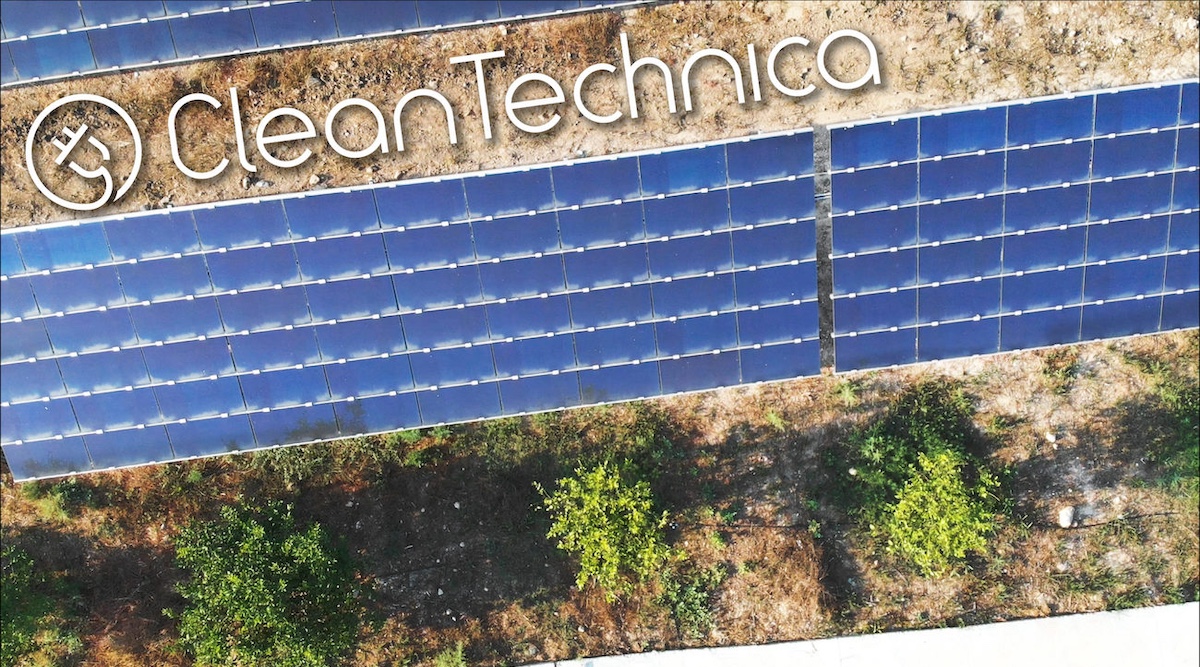Sign up for CleanTechnica’s Weekly Substack for Zach and Scott’s in-depth analyses and high level summaries, sign up for our daily newsletter, and/or follow us on Google News!
Last Updated on: 8th May 2025, 05:51 pm
Which states in the USA have installed the most solar power? How many solar jobs are there in those states? Which states are leading in residential solar power? How many solar companies are in these leading states?
I’m glad you asked, because we now have the answers for you! Thanks to the Solar Energy Industries Association (SEIA), we have numerous interesting facts and figures to share on this topic.

California has been the nation’s leader for … well, I think forever. It is still #1 in terms of total installed solar capacity, residential solar capacity, and non-residential distributed solar power capacity (small solar power systems not on homes). However, it is actually 2nd when it comes to utility-scale solar power.
When you dig down to per capita capacity, California is still #1 in residential solar power capacity, but it drops to #2 in non-residential distributed solar power capacity and drops to #8 in utility-scale solar power capacity.
You can see these numbers in the infographic above, but here they are in a simple bullet list if you prefer as well:
- 80,056 solar jobs
- 2,169 solar companies
- enough solar to power almost 15 million California homes!
SEIA also notes that solar energy now provides approximately 30% of the Golden State’s electricity!

Texas is second in the nation in terms of total installed solar power capacity. It is first in utility-scale solar power capacity, but then 4th in residential solar power capacity and 15th in non-residential distributed solar power capacity.
Looking at per capita numbers, Texas actually rises to 2nd in residential solar power capacity but drops way down to 37th in utility-scale solar power capacity. In terms of non-residential distributed solar power capacity, Texas sits in 24th. Here are more numbers for the Lone Star State:
- 12,421 solar jobs
- 592 solar companies
- enough solar to power almost 5 million Texas homes.
“The solar industry has also been a boon for Texas farmers and ranchers, allowing them to keep energy costs low or earn supplemental income all year round by leasing part of their land for solar development,” SEIA highlights.

Florida, the Sunshine State, comes in 3rd place for total installed solar power capacity. It’s #2 for residential solar power capacity, #3 for utility-scale solar power capacity, and a disappointing #16 for non-residential distributed solar power capacity.
In terms of per capita solar power capacity, Florida is 3rd when it comes to residential solar power capacity, 17th for non-residential distributed solar power capacity, and only 35th for utility-scale solar power capacity.
So, as an aside, even though these big three states dominate total installed solar power capacity, we can see that they don’t always lead in per capital solar power.
- 14,108 solar jobs
- 436 solar companies
- enough solar to power 2.2 million Florida homes.

Arizona takes 4th place for total installed solar power capacity. It’s 3rd in residential, 7th in utility-scale, and 8th in non-residential distributed solar power. Per capital, it’s 4th, 15th, and 3rd, respectively. Additionally:
- 9,726 solar jobs
- 342 solar companies
- enough solar to power 1.447 million North Carolina homes.
“Favorable net metering programs coupled with property tax exemptions help make Arizona one of the fastest growing residential solar markets in the U.S.,” SEIA notes.

North Carolina rounds out the top 5. The Tarheel State is only 17th for residential solar power and 25th for non-residential distributed solar power, but it’s 4th for utility-scale solar power, which goes a long way. Per capita, it’s 5th for residential solar, 32nd for non-residential distributed solar, and 33rd for utility-scale solar power. Additionally:
- 7,356 solar jobs
- 224 solar companies
- enough solar to power 1.2 million North Carolina homes.
“After Hurricane Helene, solar microgrids kept the lights on in small towns across the state, including the rural mountain community of Hot Springs. Four military bases across the state — such as Camp Lejune — now rely on solar energy too,” SEIA adds.
Looking at these numbers, I think we should take a closer look at the actual per-capita solar ranking. What do you say?


Whether you have solar power or not, please complete our latest solar power survey.

Have a tip for CleanTechnica? Want to advertise? Want to suggest a guest for our CleanTech Talk podcast? Contact us here.
Sign up for our daily newsletter for 15 new cleantech stories a day. Or sign up for our weekly one on top stories of the week if daily is too frequent.
CleanTechnica uses affiliate links. See our policy here.
CleanTechnica’s Comment Policy

